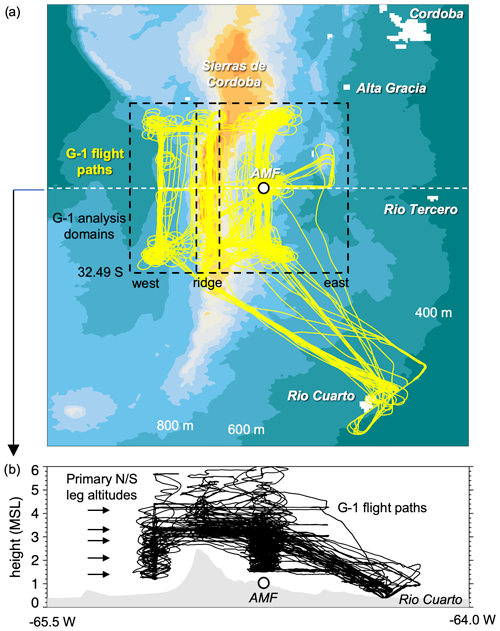2025-07-07 パシフィック・ノースウェスト国立研究所 (PNNL)
<関連情報>
- https://www.pnnl.gov/publications/exploring-soil-respiration-spatial-patterns-coastal-ecosystems-using-remote-sensing
- https://www.cell.com/heliyon/fulltext/S2405-8440(24)06501-0
沿岸生態系における植生フェノロジー、気候、土地被覆、生物多様性、地形、土壌特性の空間変動が土壌呼吸に及ぼす影響 Effects of spatial variability in vegetation phenology, climate, landcover, biodiversity, topography, and soil property on soil respiration across a coastal ecosystem
Yinan He ∙ Ben Bond-Lamberty ∙ Allison N. Myers-Pigg ∙ … ∙ James R. Holmquist ∙ James B. Brown ∙ Nicola Falco
Heliyon Published:April 27, 2024
DOI:https://doi.org/10.1016/j.heliyon.2024.e30470

Abstract
Coastal terrestrial-aquatic interfaces (TAIs) are crucial contributors to global biogeochemical cycles and carbon exchange. The soil carbon dioxide (CO2) efflux in these transition zones is however poorly understood due to the high spatiotemporal dynamics of TAIs, as various sub-ecosystems in this region are compressed and expanded by complex influences of tides, changes in river levels, climate, and land use. We focus on the Chesapeake Bay region to (i) investigate the spatial heterogeneity of the coastal ecosystem and identify spatial zones with similar environmental characteristics based on the spatial data layers, including vegetation phenology, climate, landcover, diversity, topography, soil property, and relative tidal elevation; (ii) understand the primary driving factors affecting soil respiration within sub-ecosystems of the coastal ecosystem. Specifically, we employed hierarchical clustering analysis to identify spatial regions with distinct environmental characteristics, followed by the determination of main driving factors using Random Forest regression and SHapley Additive exPlanations. Maximum and minimum temperature are the main drivers common to all sub-ecosystems, while each region also has additional unique major drivers that differentiate them from one another. Precipitation exerts an influence on vegetated lands, while soil pH value holds importance specifically in forested lands. In croplands characterized by high clay content and low sand content, the significant role is attributed to bulk density. Wetlands demonstrate the importance of both elevation and sand content, with clay content being more relevant in non-inundated wetlands than in inundated wetlands. The topographic wetness index significantly contributes to the mixed vegetation areas, including shrub, grass, pasture, and forest. Additionally, our research reveals that dense vegetation land covers and urban/developed areas exhibit distinct soil property drivers. Overall, our research demonstrates an efficient method of employing various open-source remote sensing and GIS datasets to comprehend the spatial variability and soil respiration mechanisms in coastal TAI. There is no one-size-fits-all approach to modeling carbon fluxes released by soil respiration in coastal TAIs, and our study highlights the importance of further research and monitoring practices to improve our understanding of carbon dynamics and promote the sustainable management of coastal TAIs.



